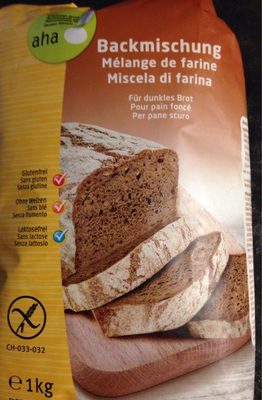Mix of flour - Migros - 1kg
This product page is not complete. You can help to complete it by editing it and adding more data from the photos we have, or by taking more photos using the app for Android or iPhone/iPad. Thank you!
×
Barcode: 7613312092330 (EAN / EAN-13)
Quantity: 1kg
Categories: Plant-based foods and beverages, Plant-based foods, Flours, Specific products, Products for specific diets, Products without gluten, fr:Farines pour pains
Labels, certifications, awards: No gluten, No lactose, fr:Sans blé
Manufacturing or processing places: Pays-Bas
Stores: Migros
Countries where sold: France, Germany, Switzerland
Matching with your preferences
Environment
Packaging
Transportation
Report a problem
Data sources
Product added on by openfood-ch-import
Last edit of product page on by itsjustruby.
Product page also edited by beniben, foodrepo, kiliweb, openfoodfacts-contributors, packbot, prepperapp, teolemon, yuka.J7FLFsWtFv0hMNzAjrs602PjE7i4WsRHIXAQog, yuka.WXYwNFBQd0hpZWN3dDhSbXd3dm9wdFJXK0pXN1ZFK21OOHdxSVE9PQ, yuka.ZDQ4a0hLQUIrY0JUaDlzVS9oVDcwK2greTZUMGJIdXhPL1UwSVE9PQ.








